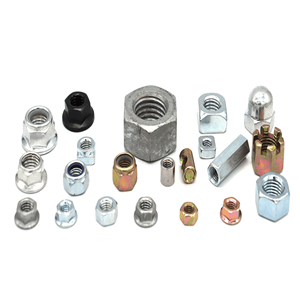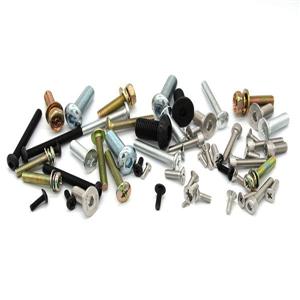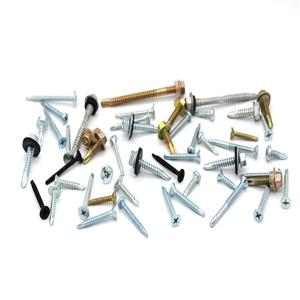Specification of fastener basic knowledge
Fastener is a kind of mechanical part which is widely used for fastening connection. It is widely used in various machinery, equipment, vehicles, ships, railways, bridges, buildings, structures, tools, instruments, chemicals, instruments and supplies. It is the most widely used mechanical foundation.
It is characterized by a wide variety of specifications, different performance uses, and standardization, seriation, generalization of the degree is also very high. Therefore, some people also call a kind of fastener with existing national standards as standard fastener, or referred to as standard fastener for short.
The parameters to be indicated for the description of fasteners are: product name (standard), specification, material, strength grade and surface treatment. For example: DIN912, m4-0.7x8, SCM435, grade 12.9, blackened.
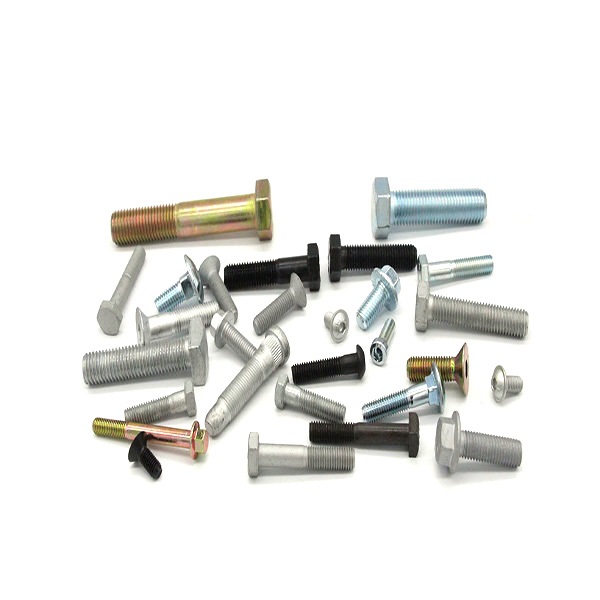
1. Product name (standard)
Note: for non-standard screws, drawings are required.
For example, DIN912, Chinese Name: Hexagon socket head cap screw, this is the product name.
However, the most accurate way is to call the standard, because gb70 is also the same product name; however, there are many differences between the two standards.
The most influential standards in the world are DIN, ISO, GB, ANSI and JIS.
2. Specifications
Generally speaking, the screw is called thread diameter * screw length.
The tooth pattern is called diameter. The metric system commonly used are: m2, m3, M4, M5, M6, M8, M10, M12, etc;
The common American systems are: 4 × 40, 6 × 32, 8 × 32, 10 × 24, 1 / 4-20, 5 / 16-18, 3 / 8-16, 1 / 2-13, etc.
The screw length refers to the effective length of the embedded object. For example: the countersunk head screw is loaded with the total length, and the length of the half countersunk head screw should be added with the length of the half head, while the length of the cylindrical head screw does not include the size of the head.
Such as:
For specifications, it is best to add pitch. For example, m4-0.7x8, the outer diameter of four fingers is 4mm, 0.7 refers to the distance between two thread peaks is 0.7mm, and the effective length of eight fingers embedded in the object is 8mm.
In order to simplify and not write the pitch, we default coarse thread to standard thread, because they are the most common, so there is no need to mark them. This metric system only has, the American system product still must mark the thread distance.

Here we focus on the specifications of American screws, such as 6 × 3-32 * 3 / 8, 6 × 6 is the outer diameter of the thread, which is close to 3.5mm; 32 is 32 thread per inch of thread length (equivalent to the pitch of metric screw); 3 / 8 is the length of the screw (specifically the same as metric screw).
There are two formulas to remember here: thread outer diameter a × = (ax0.013 + 0.06) x25.4 (mm), 1 inch = 25.4mm.
Among them, 2 × 2.2mm, 4 × 2.9mm, 6 × 3.5mm, 8 × 4.2mm and 10 × 4.8mm are data to be memorized. The number of thread corresponding to each specification of screw shall also be memorized: 2 × 56, 4 × 40, 6 × 32, 8 × 32, 10 × 24, 1 / 4-20, 5 / 16-18, 3 / 8-16, 1 / 2-13 (American Standard thread).
Note: American UNC thread are standard thread, UNF teeth are fine thread. We default coarse thread to standard thread.
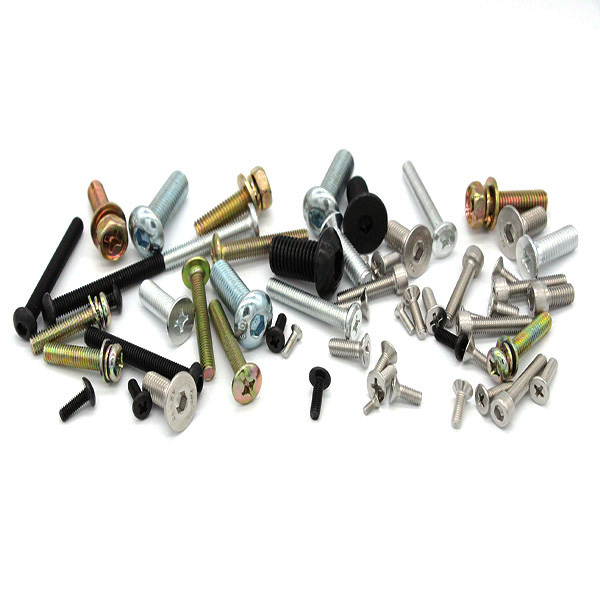
3. Material
The most common materials are: carbon steel, stainless steel, stainless iron, copper, aluminum, etc.
Carbon steel is divided into low carbon steel (such as c1008 / C1010 / C1015 / C1018 / c1022), medium carbon steel (such as c1035), high carbon steel (c1045 / c1050), alloy steel (SCM435 / 10B21 / 40Cr).
Generally, c1008 is made of ordinary grade products, such as grade 4.8 screws and ordinary grade nuts; C1015 is generally made of eyebolts; C1018 is generally made of machine screws, of course, it is also used as self tapping screws; c1022 is generally used as self tapping screws; c1035 is made of grade 8.8 screws; c1045 / 10B21 / 40Cr is made of grade 10.9 screws; 40Cr / SCM435 is made of grade 12.9 screws.
Stainless steel ss302 / SS304 / SS316 is the most common. Of course, a large number of SS201 products are also popular now, even products with lower nickel content. We call them unorthodox stainless steel products. They look like stainless steel, but their corrosion resistance is quite different.
4. Strength grade
Strength grade mainly refers to carbon steel fasteners.
The common strength grades of carbon steel screws are: 4.8, 5.8, 6.8, 8.8, 10.9 and 12.9. The nuts are: 4, 6, 8, 10 and 12.
Generally, screws below 8.8 are called ordinary screws, while screws above 8.8 (including grade 8.8) are high-strength screws. The difference is that high-strength screws need to be tempered.
5. Surface treatment
The main purpose of surface treatment is to increase the anti-corrosion performance, but also to give consideration to the color. Therefore, it is mainly for carbon steel products, which generally need to go through surface treatment.
Common surface treatments include blackening, galvanizing, copper plating, nickel plating, chromium plating, silver plating, gold plating, Dacromet, hot-dip galvanizing, etc;
There are many kinds of zinc plating, including blue white zinc, blue zinc, white zinc, yellow zinc, black zinc, green zinc, etc. at the same time, they are divided into environmental protection and non environmental protection. Each type of plating has a variety of coating thickness to meet different salt spray test results.


